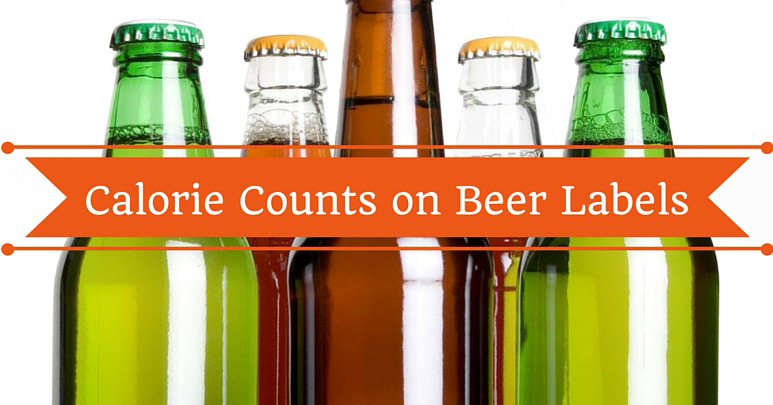
Beer labels contain all sorts of information like the style, flavor, and brewer’s history, but often times it leaves off something that’s very common on non-alcoholic beverages: calorie counts. That will soon be changing thanks to a new initiative by the Beer Institute, a national trade association for the American brewing industry. Whether you’re a beer drinker or manufacturer, here’s what you should know about the coming changes.
First…Who Regulates Beer Labels?
Beer labels are regulated by the Alcohol and Tobacco Tax and Trade Bureau (frequently shortened to ‘TTB’) – not the Food and Drug Administration (FDA) which regulates non-alcoholic beverages like juices, carbonated soft drinks, energy drinks, bottled water, and more. Back in 2013, the TTB ruled that beer manufacturers could add nutritional information if they wanted, and provided a format to list serving facts on beers. The voluntary measure, however, wasn’t adopted by many beer manufacturers. So why all of a sudden now?
First, the FDA announced this year that it will be requiring restaurants with at least 20 locations to display calorie information for all menu items (including all alcohol) after 2017. Second, the industry has been facing pressure from health advocates and consumers to provide more readily available information. In response, the Beer Institute recently created the “Brewers’ Voluntary Disclosure Initiative” as a step towards nutrition labeling. Let’s review what this initiative entails and how it will impact the industry.
What Is the “Brewers’ Voluntary Disclosure Initiative”?
The Beer Institute recently announced new guidelines to promote consumer choice and transparency through its Brewers’ Voluntary Disclosure Initiative. Through this initiative, member companies will be encouraged “to display specific consumer information on products, packaging or websites.” Participating beer manufacturers in the United States will list product information – calories, carbohydrates, protein, fat, and alcohol content – on the label or secondary packaging via: ingredients list, a reference to a website with the information, or scannable QR code.
By 2020, serving facts will be added to all beers made by Anheuser-Busch InBev, MillerCoors, Heineken NV, Constellation Brands Inc., Craft Brew Alliance Inc. (which makes Kona Longboard Island Lager), and North American Breweries (which makes Labatt Blue). These six brewers account for more than 80% of U.S. beer volume, according to the Beer Institute. If you’re a manufacturer interested in updating your beer labels with serving facts, please continue to learn more about the initiative’s labeling guidelines.
Labeling Guidelines for Beer Manufacturers
Thanks to craft beers’ growing popularity, there is a greater variety of beers and people who drink them than ever before. It’s no surprise then that consumers are becoming picky about what they drink given the competition, as well as their growing desire to know what’s in products as shown by other food and beverage trends like organic, gluten-free, and non-gmo.
By adding a serving facts table to your beer labels, you can attract discerning beer drinkers by giving them what they want – information. Consumers will appreciate your transparency and remember you for it. Get started on your new beer labels with these labeling guidelines:

- Provide calorie, carbohydrate, protein, fat, and ABV (or ABW as required by state law) information on all labels in the form of a serving facts statement consistent with federal guidelines.
- Disclose ingredients in products on either the label or secondary packaging via a list of ingredients, a reference to a website or a QR code. The Alcohol and Tobacco Tax and Trade Bureau (TTB) lists ingredients that are pre-approved in manufacturing beer. For more information on these ingredients, click here.
- Clearly display a freshness date or date of production on all labels or primary containers.
Beer manufacturers aren’t required to disclose this information, but many will start (if they aren’t doing so already). Adding serving facts, ingredients, and freshness dates to beer labels can help manufacturers gain a competitive edge over other manufacturers who choose not to display that information on beer labels. Updating you labels can also make your brand look more professional and trustworthy which is always a good thing. Get started on your new beer labels by submitting an online price quote or contacting our dedicated customer service team today!


